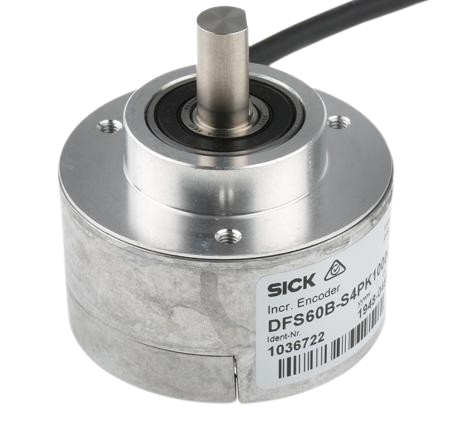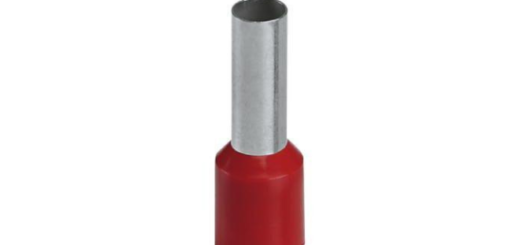Sick Incremental Encoders: Precision Redefined
In the ever-evolving world of industrial automation, precision and reliability are paramount. Sick Incremental Encoders stand out as the epitome of excellence, offering unparalleled accuracy in motion control and measurement. This guide delves into the intricacies of these remarkable devices, highlighting their features, benefits, and applications.
What is a Sick Incremental Encoder?
Sick Incremental Encoders are advanced devices designed to convert the angular position or motion of a shaft into electrical signals. These signals can be used to determine speed, position, and direction of rotation, making them crucial in automation and control systems.

Key Features of Sick Incremental Encoders
Sick Incremental Encoders boast a range of features that set them apart in the industry:
- High Resolution: Offers exceptional precision in position and speed measurement.
- Robust Design: Built to withstand harsh industrial environments with high durability.
- Versatility: Compatible with a wide range of applications, from robotics to conveyor systems.
- Easy Integration: Seamlessly integrates with existing control systems and PLCs.
- Advanced Signal Processing: Ensures accurate and reliable data transmission.
How Do Sick Incremental Encoders Work?
These encoders generate a series of electrical pulses in response to the rotational movement of a shaft. The number of pulses per revolution (PPR) determines the encoder’s resolution. The pulses are counted and processed by a control system to derive precise position and speed information.
Components of an Incremental Encoder
- Shaft or Disc: Rotates with the machinery to provide position data.
- Optical Sensor: Reads the position of the disc and generates electrical pulses.
- Output Signals: Transmit data to the control system for processing.
Benefits of Using Sick Incremental Encoders
Implementing Sick Incremental Encoders in your automation setup can yield numerous advantages:
- Enhanced Precision: Delivers accurate position and speed data, crucial for high-performance applications.
- Increased Efficiency: Optimizes machinery performance, reducing downtime and maintenance.
- Cost-Effective: Minimizes operational costs through reliable and efficient performance.
- Scalability: Easily adaptable to various industrial needs and applications.
Applications of Sick Incremental Encoders
Sick Incremental Encoders find their utility in a myriad of industries and applications, including:
- Robotics: Precise control of robotic arms and machinery.
- Automotive: Accurate measurement of engine components and assembly lines.
- Packaging: Ensures precise positioning and speed control in packaging machines.
- Textile Industry: Monitors and controls the speed of weaving and knitting machines.
- Conveyor Systems: Maintains consistent speed and position control in material handling.

Choosing the Right Sick Incremental Encoder
Selecting the appropriate encoder involves considering several factors:
- Resolution: Higher PPR for applications requiring finer precision.
- Environmental Conditions: Encoders with robust housings for harsh environments.
- Output Type: Compatibility with your control system’s input requirements.
- Mounting Options: Flexibility in installation and integration with existing machinery.
Installation and Integration Tips
To ensure optimal performance, follow these best practices when installing Sick Incremental Encoders:
- Alignment: Ensure precise alignment of the encoder with the machinery to avoid measurement errors.
- Shielded Cables: Use shielded cables to minimize electrical noise and signal interference.
- Secure Mounting: Firmly mount the encoder to prevent mechanical vibrations affecting accuracy.
- Regular Maintenance: Periodically inspect and clean the encoder to maintain optimal performance.
Future Trends in Encoder Technology
The field of encoder technology is continuously evolving, with advancements aimed at enhancing performance and reliability:
- Wireless Encoders: Facilitates easier installation and reduces wiring complexities.
- Smart Encoders: Integrates advanced diagnostics and communication capabilities for improved monitoring.
- Miniaturization: Development of smaller, more compact encoders for space-constrained applications.
Conclusion: Embrace Precision with Sick Incremental Encoders
Sick Incremental Encoders offer a blend of precision, reliability, and versatility, making them indispensable in modern industrial automation. By understanding their features, benefits, and applications, you can leverage their capabilities to enhance your operations and achieve superior performance.




